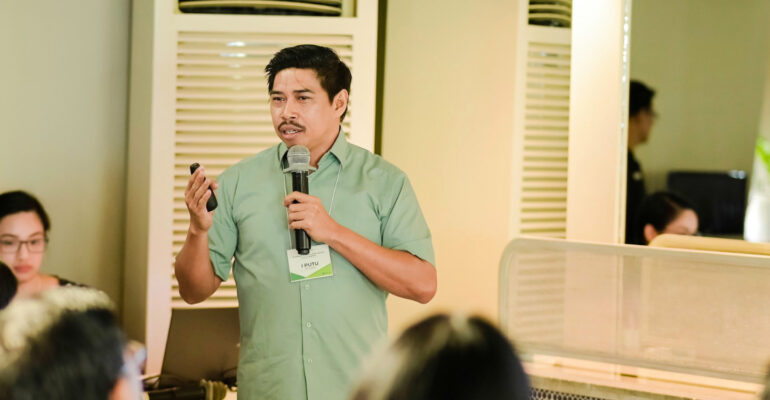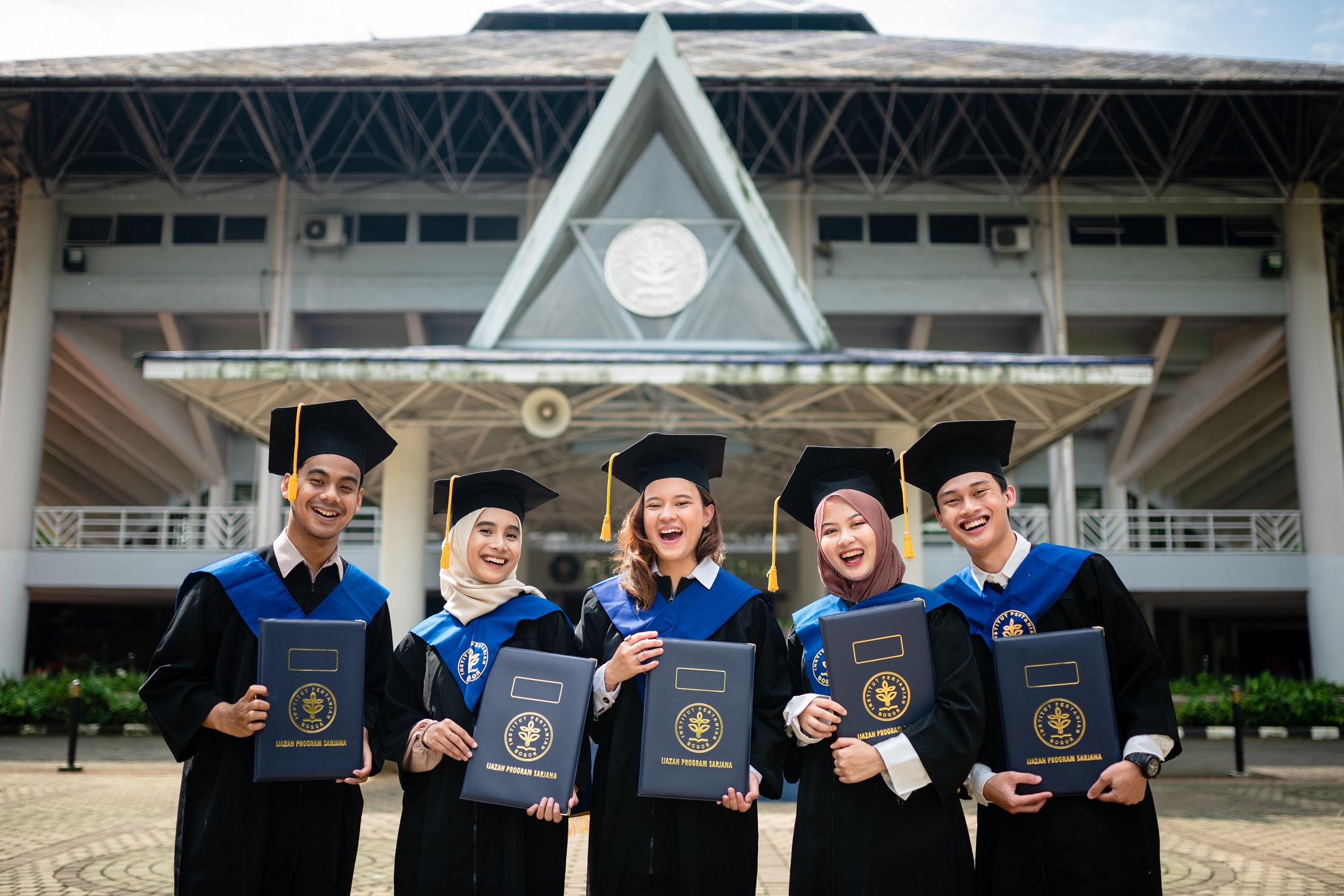Not Just “Spreading Salt”, IPB University Researcher Explains Variety of Weather Modification Technology, What Are They?

The threat of disasters still looms over various regions in Indonesia. In the midst of climate change that is increasingly evident, weather modification technology (TMC) comes as a new hope in disaster mitigation.
TMC is now increasingly developing into a solution to control rain intensity, both to reduce potential disasters and optimise water resource management.
Secretary of IPB University’s Centre for Climate Risk and Opportunity Management Southeast Asia and Pacific Region (CCROM-SEAP), Dr I Putu Santikayasa, explained that TMC is a technique used to change or modify weather conditions without permanently changing the climate.
“Weather modification techniques only have a momentary impact because what is modified is the weather, not the climate,” said the lecturer of the Department of Geophysics and Meteorology at IPB University.
One of the most common methods used in TMC is cloud seeding. This technique utilises salt to accelerate the condensation process in clouds to make rain fall faster.
“The benefits of this rain acceleration vary depending on the conditions. In the dry season, cloud seeding can help the agricultural sector and water resource management by providing additional rainfall.
Conversely, Dr Putu continued, in the rainy season, this technique can be used to divert rain from flood-prone areas to other safer locations.
In addition to cloud seeding, there are other methods such as cloud breaking. This method serves to inhibit the condensation process and reduce the intensity of rain.
“Cloud breaking works by disrupting the cloud formation process (cloud thinning) so that the amount of condensed water vapour is reduced,” he explained.
However, Dr Putu reminded that weather modification must still consider the stability conditions and status of water vapour in the atmosphere.
In addition, the use of certain materials such as silver iodide (AgI) in cloud seeding is still reaping the pros and cons related to environmental impacts.
“Some studies mention that AgI has the potential to inhibit the growth of aquatic organisms and disrupt the nutrient cycle in freshwater ecosystems,” he said.
Along with technological developments, various innovations have been applied in weather modification. The use of lasers to stimulate cloud formation as well as the utilisation of drones to spread seeding material have been investigated to increase the effectiveness of TMC.
The flare technique, which produces gas to increase air humidity, is also under study to minimise environmental impacts.
“One of the new approaches being developed is the use of organic materials as an alternative to salt, making it more environmentally friendly,” he added.
While weather modification does not have a permanent impact, its long-term impact on the environment needs to be considered, especially if it is carried out routinely in the same location.
To ensure responsible implementation, continuous monitoring and research are required.
“Strict regulations must be applied so that this technology does not cause unwanted negative impacts. A data-driven approach with the help of technology and proper analysis can minimise the risks of TMC so that people can benefit maximally without harming the environment,” said Dr Putu. (dr) (IAAS/NRA)



